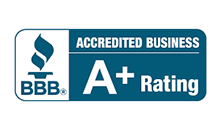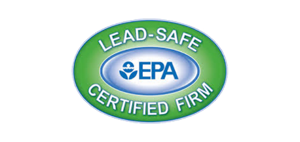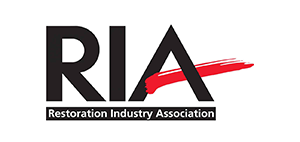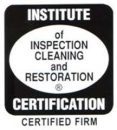Ever wondered if a small water stain on your drywall means bigger problems? The need for wet drywall replacement can be urgent. Knowing when to act can save your home from serious damage.
Water damage to drywall isn’t always easy to spot. Rainbow Restoration says visible signs like watermarks and soft textures mean you need to repair wet drywall. But what about dangers hidden behind carpets and baseboards?
Key Takeaways
- Visible signs of water damage include stains, discoloration, bubbling, and peeling paint.
- Professional assessment is crucial to determine the extent of damage and necessary actions.
- Timely action is critical to prevent mold growth, which can occur within 24-48 hours in wet drywall.
- The cost of repairing or replacing wet drywall ranges from $300-$400 for materials, plus labor costs up to $100 per hour.
Understanding Water Damage in Drywall
Water damage in drywall is a common problem for homeowners. It’s important to act fast to avoid more damage. Leaks from pipes, roofs, or HVAC systems can cause water damage. Flooding is especially bad if water stays for a long time.
High moisture in the air can lead to mold on wet drywall. Look for discolored spots, soft areas, and bubbles in paint or wallpaper. A musty smell is a clear sign of mold.
Fixing wet drywall needs skill and the right tools. First, fix the water leak. Then, cut out the damaged area, add support, and put in a new patch. Finish with tape, compound, and paint. Homeowners can do small repairs, but big damage needs a pro.
To avoid future damage, fix leaks fast and improve air flow. Use dehumidifiers and check for moisture regularly. Common causes include kitchen and bathroom leaks, plumbing issues, and roof or window damage. Fixing these problems quickly keeps your home safe and sound.
Do I Need to Replace Drywall if it Gets Wet?
When dealing with wet drywall, the damage’s extent decides if you need to replace it. If the drywall stays wet for more than 48 hours, mold risk grows. Mold can be harmful, making simple drying methods less effective.
Experts say the water type matters too. Clean water from a burst pipe or rain might let you dry the drywall. But, contaminated water, like from sewage, usually means you must replace the drywall to avoid health risks.
First, professionals check the damage closely. They look for water stains and signs of pooling. If insulation or other materials are wet, they might need to be removed. The cost of fixing wet drywall depends on this detailed check.
Fixing wet drywall is a detailed process. First, the damaged areas are measured and cut out. Then, new drywall panels are put in place. The panels are secured with screws and sealed with mud. Knowing the full extent of damage is key before deciding to fix or replace.
Conclusion
Dealing with water damage is key to keeping your home safe. Water-damaged drywall can cause big problems if not fixed fast. Drywall can dry in just three days, but hidden leaks can cause a lot of damage before they’re seen.
When damage is severe, like when walls sag or mold grows, you might need to replace the drywall. Knowing how much it costs to fix wet drywall helps homeowners decide what to do. Sometimes, drying the drywall fast and fixing leaks can save it. But if mold or crumbling walls appear, it’s usually best to replace it.
Using durable drywall is a smart choice to avoid future problems. Keeping your drywall in good shape, like caulking baseboards and cleaning walls, helps too. In many cases, replacing damaged drywall is the best choice for homeowners. It keeps their home safe and its value high.


















